Harold Davis's Blog, page 2
September 11, 2025
My Prickly Heart
Before planting the beast of a cactus in a pot along our front porch, I photographed the plant in its black, plastic pot indoors using my Leica Monochrom M11 with an orange filter. With the camera on a tripod, the cat wandered in and out of my exposures, and was inadvertently captured in motion in some captures.
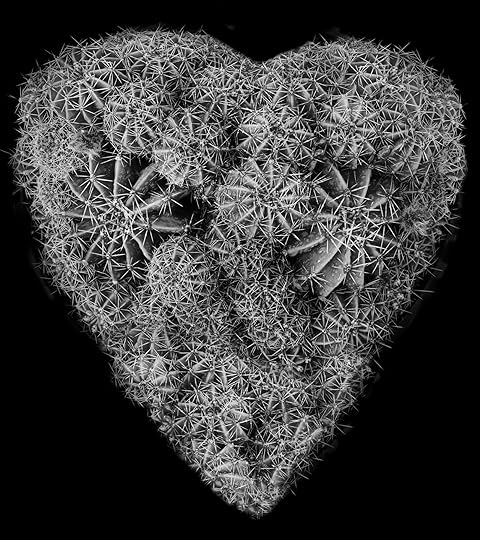 My Prickly Heart © Harold Davis
My Prickly Heart © Harold DavisThe cactus was bulging out of its pot, and looked vaguely heart shaped. I worked in Photoshop to expand the visual resemblance to a Valentine’s Day heart, with the results you see here.
September 6, 2025
Split Rock Flower
The Split Rock Plant (Pleiospilos nelli) looks for all the world like it is made of small stones, each one dabbed with dots (see the black and white images at the bottom of this story).
 Split Rock Flower © Harold Davis
Split Rock Flower © Harold DavisIts flower comes out the “split” in the rock, usually quickly but with some apparent shyness. The blossom is very heliotropic—meaning it closes when not in direct sunlight—and doesn’t seem to last long. A short life but one that is very sweet seems an apt way to describe it. Ain’t nature grand?
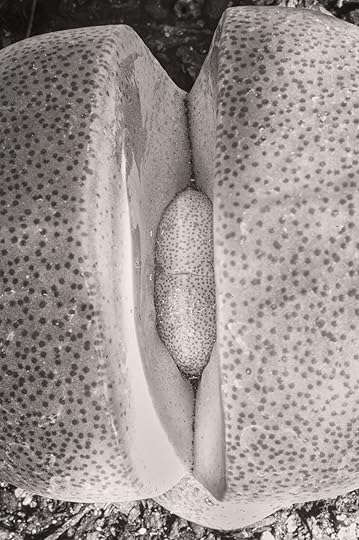 Pleiospilos nelii “Split Rock” 2 © Harold Davis
Pleiospilos nelii “Split Rock” 2 © Harold Davis
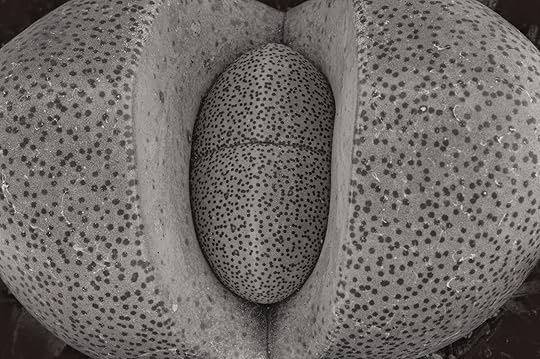 Pleiospilos nelii “Split Rock” © Harold Davis
Pleiospilos nelii “Split Rock” © Harold Davis
August 29, 2025
Sword Fern Frond
To make these portraits of an up-close-and-personal Western sword fern (Polystichum munitum) frond beginning to unfurl, I used my 135mm lens on a bellows. This is the same setup I used for my recent Gazania image, except with capture using the Leica Monochrom 11 rather than the 11MP. I used an orange filter on the lens to help enhance the black and white.
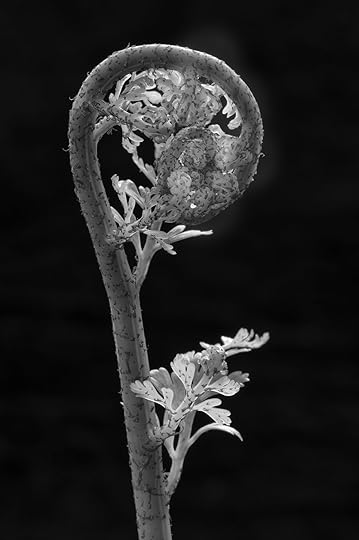 Fern © Harold Davis
Fern © Harold DavisIt’s fun to be able to peer into a different world, the way things look in the exciting world of macro photography!
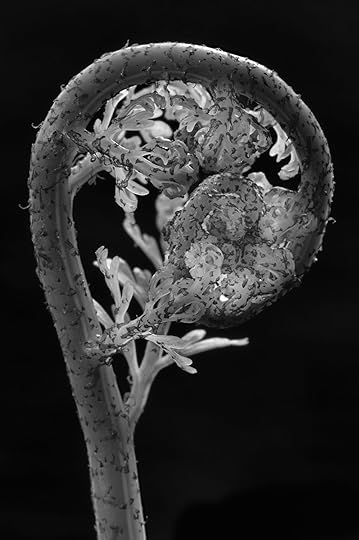 Becoming © Harold Davis
Becoming © Harold Davis
August 24, 2025
Gazania
The Gazania, commonly known as the African Daisy, is a highly heliotropic flower. This means that it opens in direct sunshine, and closes back up in the evening (or on very cloudy days).
 Gazania © Harold Davis
Gazania © Harold DavisI cut this Gazania blossom at high noon on a sunny day, and brought it inside. The idea was to photograph it on a black velvet background while it was still open.
I placed the flower in a small, blue glass vase, and wrapped the ensemble with my black velvet background cloth, allowing a little reflected blue light to come through the background. To make the image, I used my Leica MP11 with a focusing rail and Novoflex bellows mounted on my tripod. The lens I used was my Leica APO-Telyt 135mm f/3.4, stopped all the way down to f/22. The exposure duration was 30 seconds.
I’ve been asked whether I used LAB color and my LAB action to create the colors in this image. The answer (and it somewhat surprises me) is, No: this is pretty much straight out of the camera, and LAB color was not involved!
August 14, 2025
Falling Water
I found the magnificent Columbia River gorge somewhat diminished (in gestalt if not in topography) since my previous visit years ago. Maybe this had to do with the time of year. Early spring was splendid but this visit in the heat of August not so much. But also in the interim a massive fire had severely damaged the environs, and so many people “found” the area—just a hop skip and jump from downtown Portland—during the pandemic year that the result was gated access, difficult parking, and general overcrowding.
 Multnomah Falls © Harold Davis
Multnomah Falls © Harold DavisThat said, the sheer wonderfulness of all the falling water makes the gorge a must-visit for any photographer. As was my plan, like with the models, I photographed with my Leica Monochrom, using longish exposures to still the water in motion. One more entry in my chasing waterfalls saga!
 Origins © Harold Davis
Origins © Harold DavisSpeaking of sagas, here’s the Godafoss waterfall in Iceland, and (below) Kegon Waterfall in Nikko National Park in Japan.
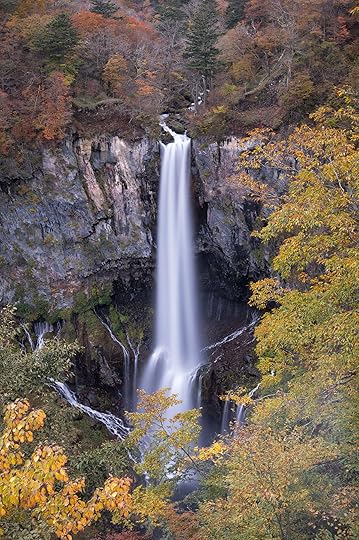 Kegon Waterfall © Harold Davis
Kegon Waterfall © Harold Davis
August 13, 2025
Models on the Oregon Coast
I spent a few days on the Oregon coast in a model photography workshop. I primarily worked in black and white with my Leica Monochrom M11 using an orange filter. Special thanks to the lovely models: @Floofie, @MikaLovely, and @Whitney.Masters
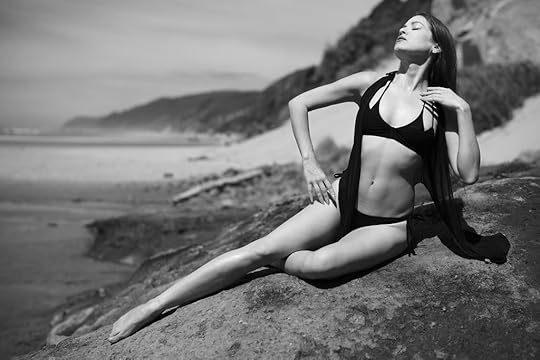 Mika on the Coast © Harold Davis | Model: @MikaLovely
Mika on the Coast © Harold Davis | Model: @MikaLovely
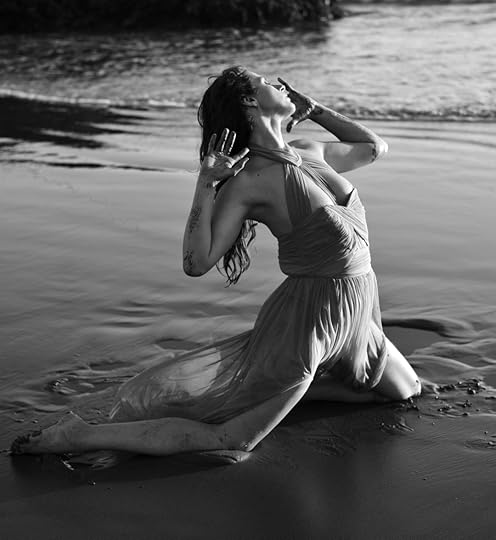 Elemental © Harold Davis | Model: @Whitney.Masters
Elemental © Harold Davis | Model: @Whitney.Masters
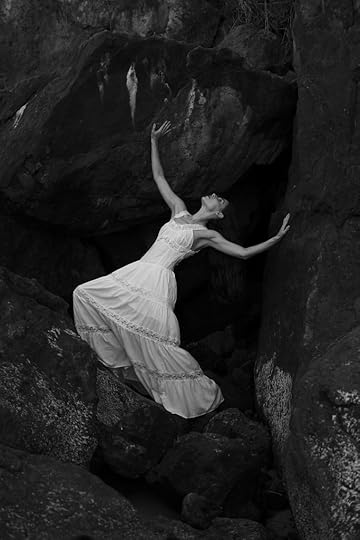 Floofie holding up the rock © Harold Davis | Model: @Floofie
Floofie holding up the rock © Harold Davis | Model: @Floofie
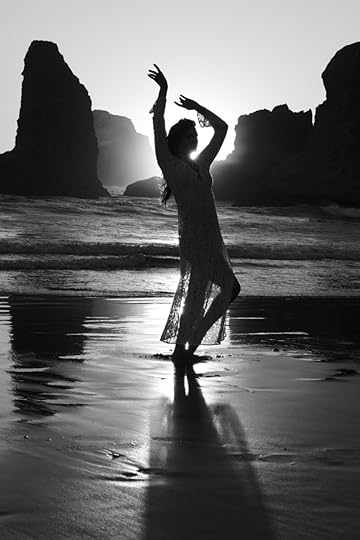 Sunset Joy © Harold Davis | Model: @Whitney.Masters
Sunset Joy © Harold Davis | Model: @Whitney.Masters
August 6, 2025
Portland Japanese Garden
I’ve enjoyed photographing today at the Portland Japanese Garden. The garden bills itself as the most beautiful Japanese garden outside of Japan. This may well be true, and it may even be more beautiful than some gardens that are in Japan.
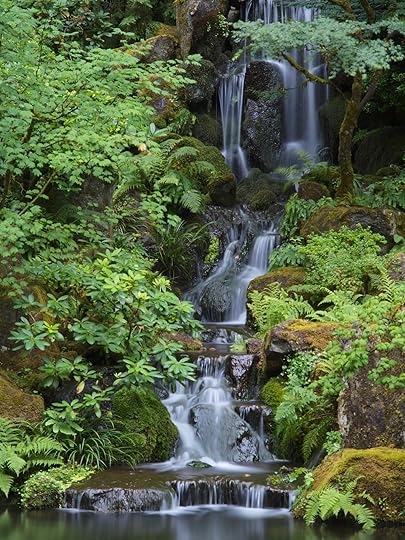 Heavenly Falls ©️Harold Davis
Heavenly Falls ©️Harold DavisHad this public garden been in Japan there would have been less cement on the paths and more stone work. Shoes would have needed to come off on fine wood floors. And likely there would have been more variety in food.
But all in all, a very nice taste of Japan without leaving North America. I look forward to posting more photos from the garden.
August 3, 2025
Garden Spiral
Yesterday I built a small spiral in our garden below a specimen Japanese maple tree. I constructed the spiral using small rocks as the border for an aggregation of miniature ferns (Leptinella) between the path laid down by the pebbles. The Leptinella plants came in six-packs from the horticultural nursery.
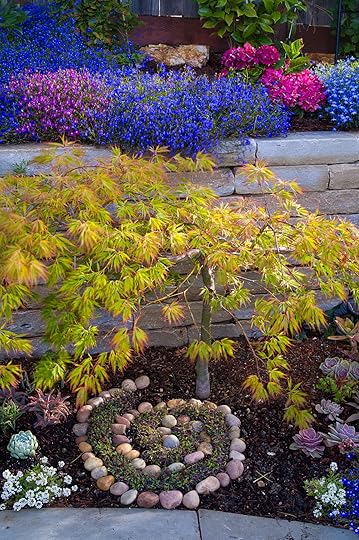 Garden Spiral © Harold Davis
Garden Spiral © Harold DavisWhat changes to this spiral will there be over time? I can’t wait to see. One cool thing about creation in the garden is that nothing is ever final. Things change over time, plants grow, and weather has its impact. It’s so much fun to have a thumb in the wind with a creation where nature is the chief artist! Maybe I’ll extend the spiral tomorrow to embrace the tree!
August 2, 2025
Serpentine Sunflower Tree
Yesterday I decided that my Serpentine Sunflower (Helianthus bolanderi) was getting a bit “long in the tooth” (insert favorite joke about serpents and teeth here). Indoors, I deconstructed the sunflower bush, then reconstructed it on my light box in the shape of a tree. I found the roots, which I cleaned off with a hose and brush, very visually interesting.
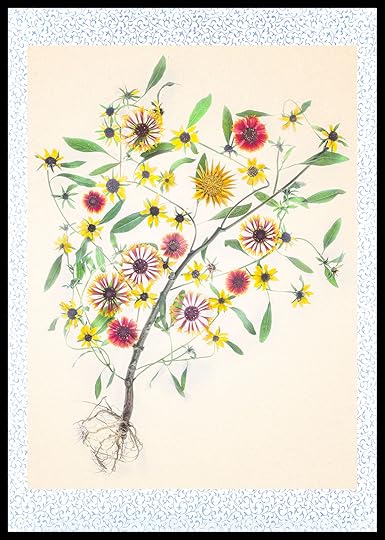 © Harold Davis
© Harold DavisThe sunflower bush looked a little empty, so I added a gazania and some gaillardia blossoms. Now my serpentine sunflower tree is more like a virtual, holistic garden!
Click here for a video tour of my actual garden, and here for online webinars and tutorials.
July 23, 2025
Reversing the Column: Probing Life Upside Down
To make these images, I turned the center column of my tripod upside down. Safely getting my camera into the now-upside-down ARCA-style clamp took a measure of care and dexterity. I placed the rig over a light box, and added my Laowa wide-angle macro probe lens to the camera.
 Rose © Harold Davis
Rose © Harold DavisEach exposure was made with the front element of the lens extremely close to the flower. To expose, the lens was stopped all the way down (to f/40). But first, to critically focus, I needed to open the lens up. Wide open with this lens meant f/14, the widest aperture for this lens—and, no, f/14 is not a typo! With the built-in ring light turned on at f/14, I could see to focus.
Turning the ring light back off, and the aperture back to f/40, the actual exposures were fairly long (Rose, above, 60 seconds; Gaillardia, below, 30 seconds). With each, I used the backlighting from the light pad, but then used a very quick burst of supplemental front light from the ring light.
 Gaillardia © Harold Davis
Gaillardia © Harold DavisNote that in both cases the lens was inserted within the blossom, with petals curving upwards around the probe. The wide-angle nature of the lens mitigates this effect, so that you can’t really tell, and might even think the Gaillardia is essentially flat.




